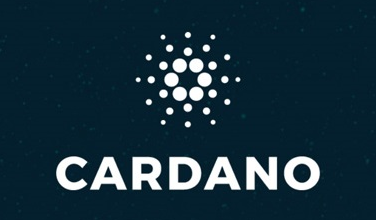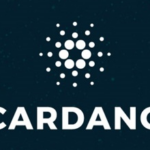New liquid-crystal platform defeats optical losses in photonic circuits

Photonic circuits have revolutionized various technological fields, from quantum simulation to artificial intelligence, by leveraging light to perform complex computational tasks with minimal energy loss. These circuits have paved the way for exciting advancements in quantum computing by simulating intricate systems to test the principles of quantum mechanics. However, the scalability of these circuits has been hindered by optical losses that increase with circuit size and complexity, posing a challenge for large-scale applications like multiphoton quantum experiments or all-optical AI systems.
In a recent study published in Advanced Photonics, a team of researchers at the University of Naples Federico II unveiled a groundbreaking liquid-crystal-based platform designed to tackle this issue. By harnessing liquid-crystal (LC) technology, the researchers devised an optical processor capable of managing hundreds of optical modes within a compact, two-dimensional arrangement. This innovative solution addresses a significant drawback of conventional photonic circuits, where losses escalate as the number of modes expands.
The core of this novel system consists of three LC metasurfaces meticulously engineered to mimic quantum phenomena such as the “quantum walk,” a quantum-mechanical counterpart to the classical random walk. This LC configuration empowers the system to manipulate a multitude of optical modes without a substantial increase in losses—a feat that was previously unattainable.
Filippo Cardano, the corresponding author and a physics professor at the University of Naples, highlights the circuit’s potential, stating that it can handle an unlimited number of modes while maintaining consistent optical losses, marking a significant advancement compared to previous implementations. Previous experiments by Cardano’s team showcased the technology’s prowess in one-dimensional setups, achieving record-breaking numbers of quantum walk steps. Transitioning to two-dimensional systems posed new challenges, primarily the risk of liquid-crystal pattern disruptions impacting light behavior.
To circumvent this obstacle, the researchers devised a novel algorithm generating seamless patterns entwined with isolated vortices that have minimal impact on light propagation. This breakthrough facilitated the simulation of up to 800 optical modes, a quantum leap from the constraints of the one-dimensional approach. Cardano emphasizes the adaptability of this technology, asserting that it can be tailored to a diverse array of computational and simulation tasks, ushering in a new era of low-loss circuits that could revolutionize photonic quantum experiments.
In conclusion, the development of large-scale free-space photonic circuits in two dimensions represents a significant leap forward in the realm of photonic technologies. This transformative liquid-crystal platform promises to reshape the landscape of quantum simulations and all-optical AI systems by overcoming optical losses and enabling the manipulation of numerous optical modes within a compact and efficient setup.





